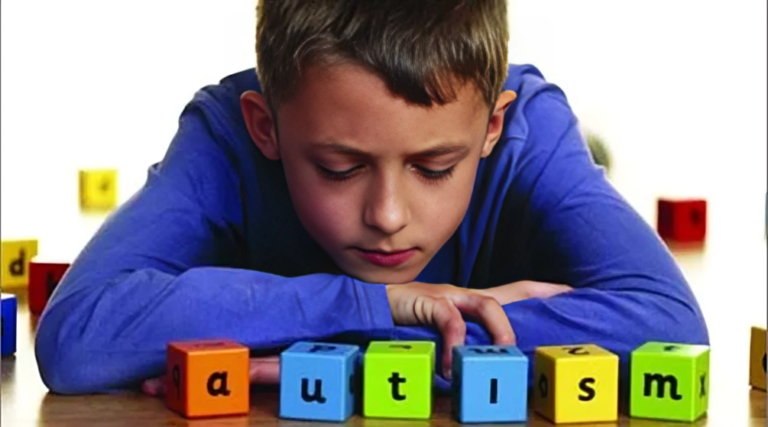Empowering Lives: Exploring the Landscape of Autism Therapy.
Autism spectrum disorder (ASD) is a complex neurodevelopmental condition that manifests in unique ways for each individual. Navigating the world of autism often involves a comprehensive approach, and therapy plays a pivotal role in supporting individuals on the spectrum. In this article, we delve into the diverse landscape of autism therapy, examining key therapeutic modalities, the significance of early intervention, and the ongoing quest for personalized and holistic approaches.
Understanding Autism Spectrum Disorder
Autism spectrum disorder is characterized by challenges in social communication and behavior. Individuals with ASD may exhibit repetitive behaviors, have difficulty with social interactions, and show a restricted range of interests. The spectrum nature of autism means that the condition varies widely among individuals, requiring a tailored and nuanced approach to therapy.
Key Therapeutic Approaches
- Applied Behavior Analysis (ABA): ABA is a widely recognized and evidence-based therapeutic approach for autism. It focuses on understanding and modifying behavior by breaking down tasks into smaller components and reinforcing positive behaviors. ABA is highly individualized, addressing specific challenges and promoting skill development.
- Speech Therapy: Communication difficulties are common among individuals with autism. Speech therapy aims to enhance communication skills, including speech and language development, pragmatic language (social communication), and nonverbal communication.
- Occupational Therapy: Occupational therapists work to develop fine and gross motor skills, sensory processing, and daily living skills. For individuals with autism, occupational therapy can address challenges related to sensory sensitivities and motor coordination.
- Social Skills Training: Given the social communication difficulties associated with autism, social skills training helps individuals navigate social interactions. This may include teaching conversational skills, recognizing social cues, and understanding emotions.
- Developmental Therapies: Approaches like Floortime (DIR/Floortime) focus on engaging individuals based on their interests to promote emotional and social development. These play-based therapies emphasize the importance of connecting through shared activities.
- Cognitive Behavioral Therapy (CBT): Adapted CBT can address challenges related to anxiety, obsessive behaviors, and difficulties with transitions. It provides tools to manage emotions and cope with stressors.
Early Intervention
Early intervention is a cornerstone of effective autism therapy. Identifying and addressing challenges in the early stages of development can significantly impact long-term outcomes. Early intervention programs, often involving a combination of therapeutic modalities, aim to enhance communication, social skills, and overall developmental milestones.
Holistic and Individualized Approaches
Recognizing the uniqueness of each individual with autism, therapy approaches are increasingly moving towards personalized and holistic strategies. Tailoring interventions to the specific strengths, interests, and challenges of the individual fosters a more effective therapeutic experience. Holistic approaches may encompass dietary considerations, sensory integration techniques, and complementary therapies like art or music therapy.
Family-Centered Therapy
In the realm of autism therapy, family involvement is instrumental. Parents and caregivers are vital partners in the therapeutic process, as they actively participate in sessions, learn strategies, and reinforce therapeutic goals at home. Collaborative efforts between therapists and families create a supportive environment that nurtures the individual’s progress.
Challenges and Future Directions
Despite significant advancements, challenges persist in the landscape of autism therapy. Access to services, addressing disparities, and combating stigma are ongoing issues that require advocacy and awareness. The future of autism therapy holds promise in further refining approaches, incorporating technology, and advancing research to continually improve outcomes for individuals on the autism spectrum.
Conclusion
Autism therapy is a dynamic and evolving field that reflects the diversity and uniqueness of each individual on the spectrum. Through evidence-based approaches, early intervention, and a commitment to personalized and holistic strategies, therapy empowers individuals with autism to lead fulfilling and meaningful lives. As society continues to embrace inclusivity and advocate for accessible services, the journey of autism therapy evolves, offering hope and opportunities for growth and development.








